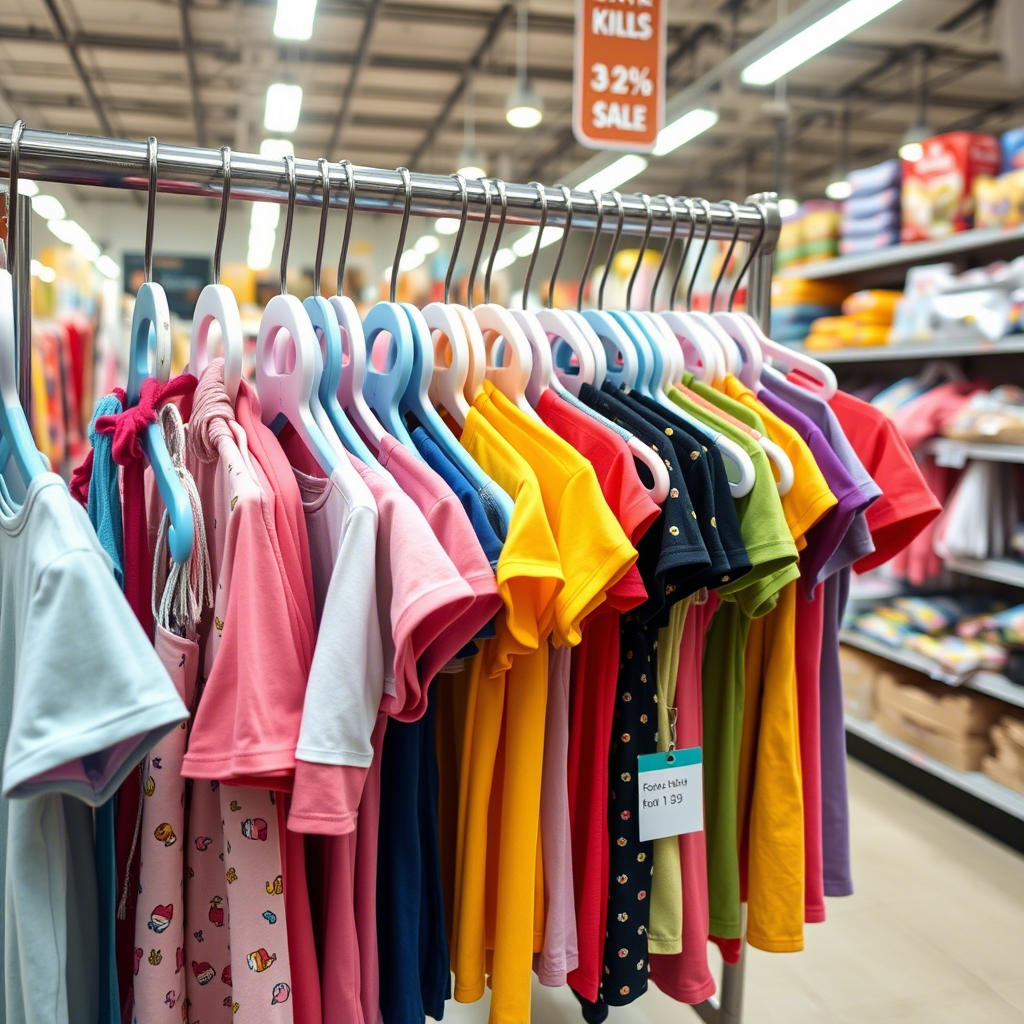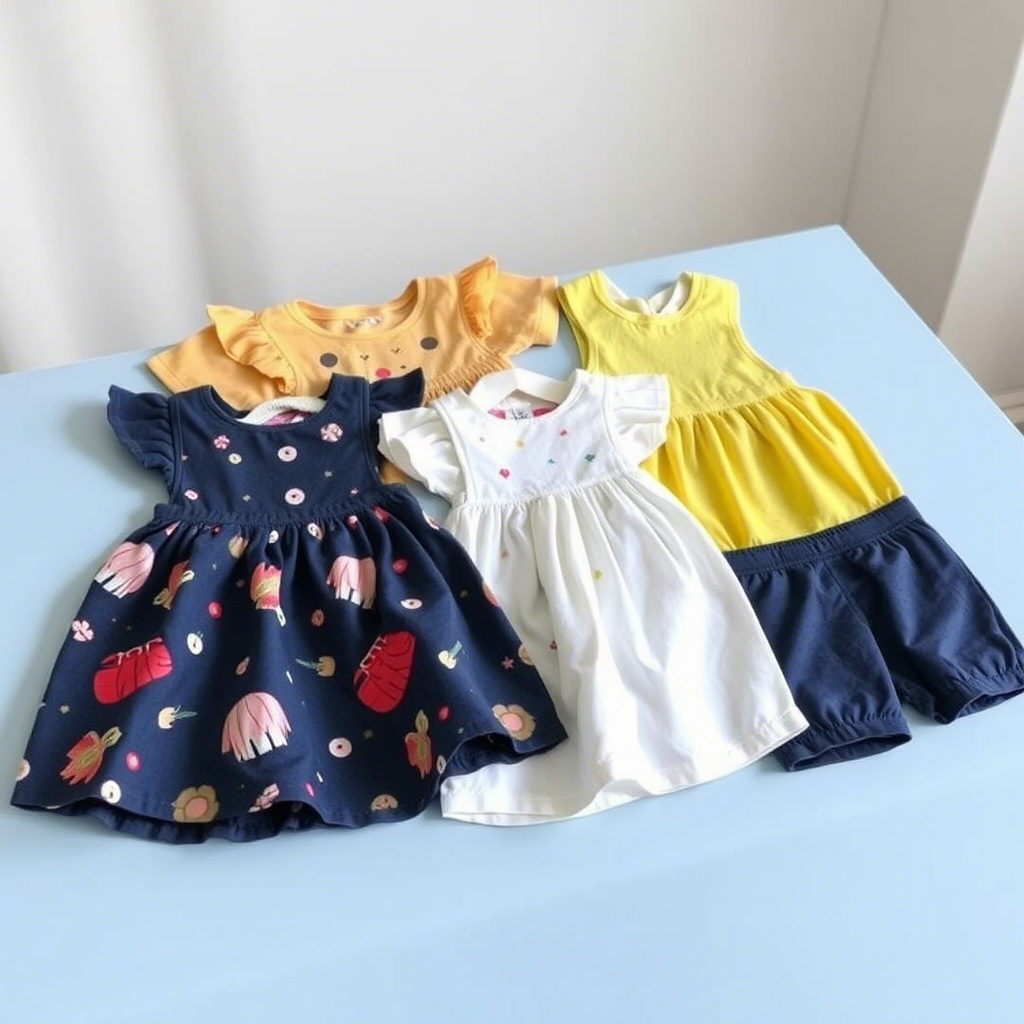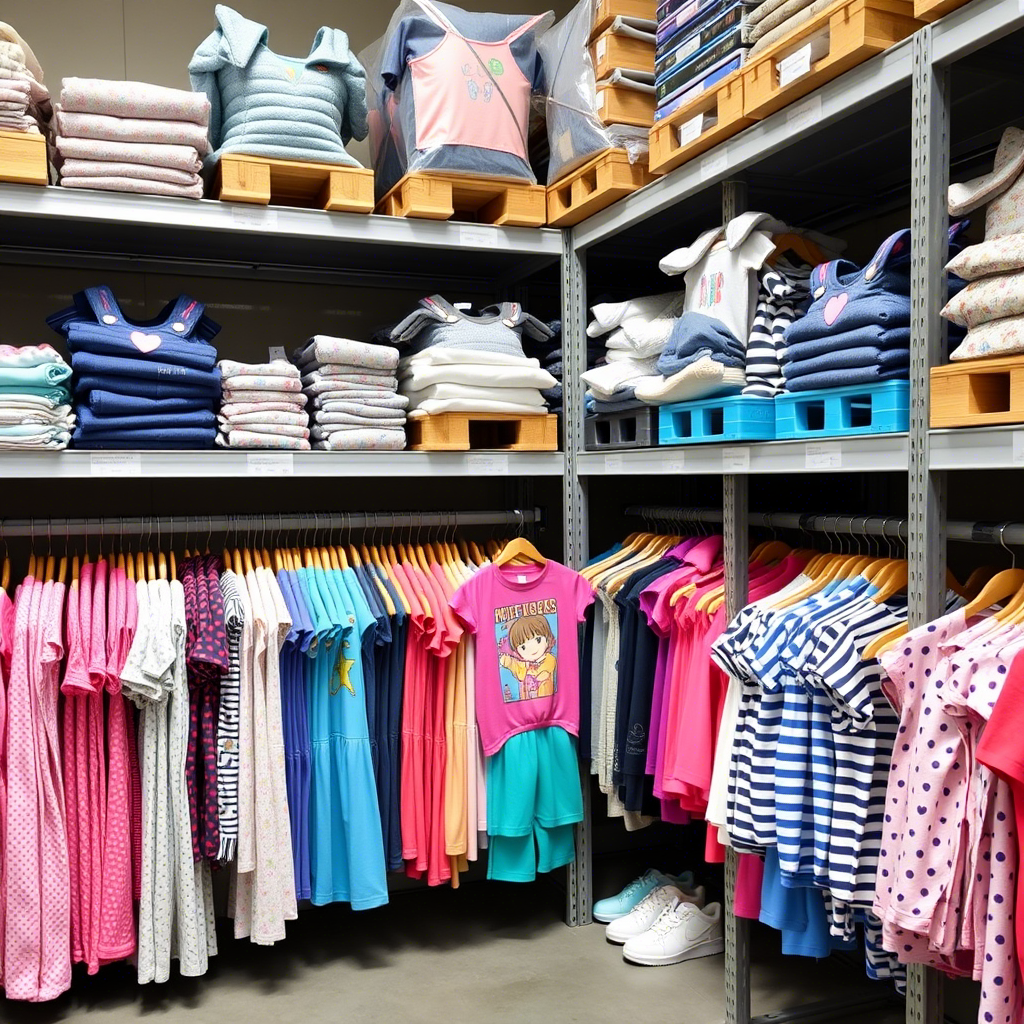Wholesale Clothing Distributors for Kids and Toddlers: A Comprehensive Guide
The demand for high-quality, affordable clothing for kids and toddlers has seen a significant surge in recent years. As a result, the role of wholesale clothing distributors has become increasingly crucial in meeting this demand. These distributors act as the bridge between manufacturers and retailers, ensuring that the latest and most appealing clothing reaches the market. In this article, we will explore the world of wholesale clothing distributors for kids and toddlers, highlighting their importance, key considerations, and the benefits they offer.
Understanding the Role of Wholesale Distributors
Wholesale clothing distributors for kids and toddlers play a vital role in the supply chain. They source products from various manufacturers and suppliers, offering a wide range of clothing items to retailers. This not only simplifies the procurement process for retailers but also ensures that they have access to a diverse portfolio of products.
- Distributors have established relationships with multiple suppliers, allowing them to offer a broad selection of clothing items.
- They often have the capability to negotiate better prices due to bulk purchases, which can be passed on to retailers.
- Wholesale distributors typically handle logistics and shipping, reducing the burden on retailers.

When selecting a wholesale distributor, retailers should consider factors such as product quality, pricing, and reliability. Visiting a distributor’s warehouse or store can provide valuable insights into their operations and product offerings.
Key Considerations for Retailers
Retailers must carefully evaluate potential wholesale distributors to ensure they are partnering with a reliable and quality-focused supplier. Key considerations include:
- Product Quality and Variety: The distributor should offer high-quality products that meet current trends and consumer demands. For example, a distributor that offers a range of clothing items, including boys’ coats, can cater to diverse customer needs.
- Pricing and Discounts: Competitive pricing is crucial. Distributors who offer discounts for bulk purchases can help retailers maintain profitability.
- Customer Service and Support: Good customer service can make a significant difference in the retailer-distributor relationship. Distributors who are responsive and helpful can resolve issues quickly and improve overall satisfaction.
Benefits of Partnering with Wholesale Distributors
Partnering with a reputable wholesale clothing distributor can offer numerous benefits to retailers. These include:
- Access to a Wide Range of Products: Distributors often have an extensive inventory, allowing retailers to browse and select products that fit their brand and customer preferences. For instance, a retailer can find a variety of toddler outfits displayed attractively, as seen in
 .
. - Logistical Support: By handling storage and shipping, distributors can save retailers time and resources that would be spent on managing inventory and logistics.
- Market Insights and Trends: Many distributors provide insights into current and emerging trends, helping retailers make informed decisions about their product offerings.
Operational Efficiency and Inventory Management
Effective inventory management is critical for both distributors and retailers. Distributors who maintain well-organized warehouses can ensure that products are easily accessible and shipped promptly. As seen in  , a well-organized warehouse is indicative of a distributor’s operational efficiency.
, a well-organized warehouse is indicative of a distributor’s operational efficiency.
- Distributors can implement efficient inventory management systems to track stock levels and predict demand.
- They can also offer flexible delivery options to accommodate retailers’ needs.
- Regular audits and quality checks help maintain high standards.
Building a Successful Partnership
To build a successful partnership, retailers should communicate clearly with their chosen distributor about their needs and expectations. This includes discussing product preferences, such as specific styles or fabrics, and logistical requirements.
- Establishing a clear line of communication can help resolve issues promptly.
- Retailers should also be open to feedback from distributors on how to improve their partnership.
- Exploring additional product categories, such as girls’ dresses, can further enhance the partnership by increasing the variety of products offered.
Conclusion
Wholesale clothing distributors for kids and toddlers are essential partners for retailers looking to offer high-quality, trendy clothing to their customers. By understanding the role of distributors, considering key factors when selecting a partner, and leveraging the benefits they offer, retailers can enhance their business operations and customer satisfaction. Effective partnerships are built on clear communication, mutual respect, and a shared commitment to quality and service. As the demand for kids’ and toddlers’ clothing continues to grow, the importance of reliable and efficient wholesale distributors will only continue to increase.

Comments